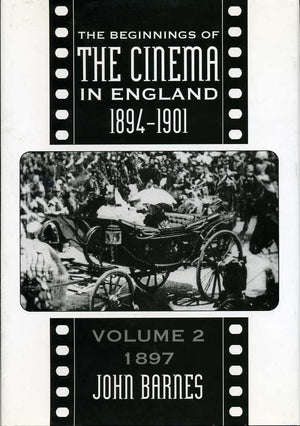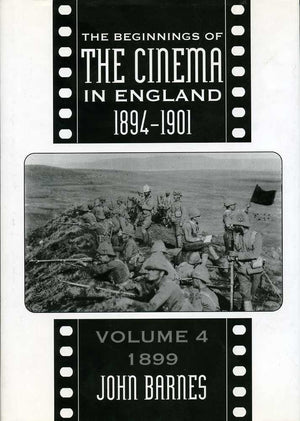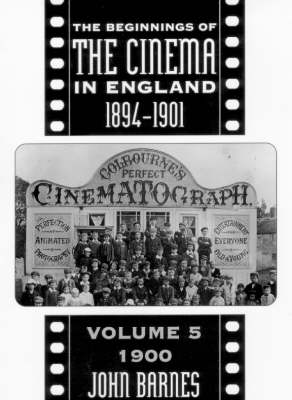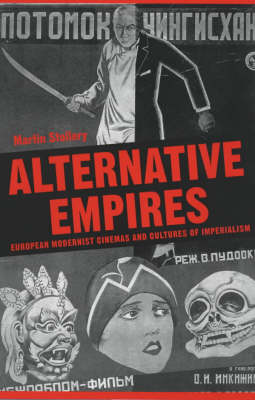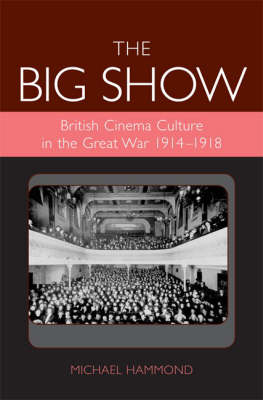University of Exeter Press
Reading the Cinematograph
The Cinema in British Short Fiction, 1896-1912
Couldn't load pickup availability
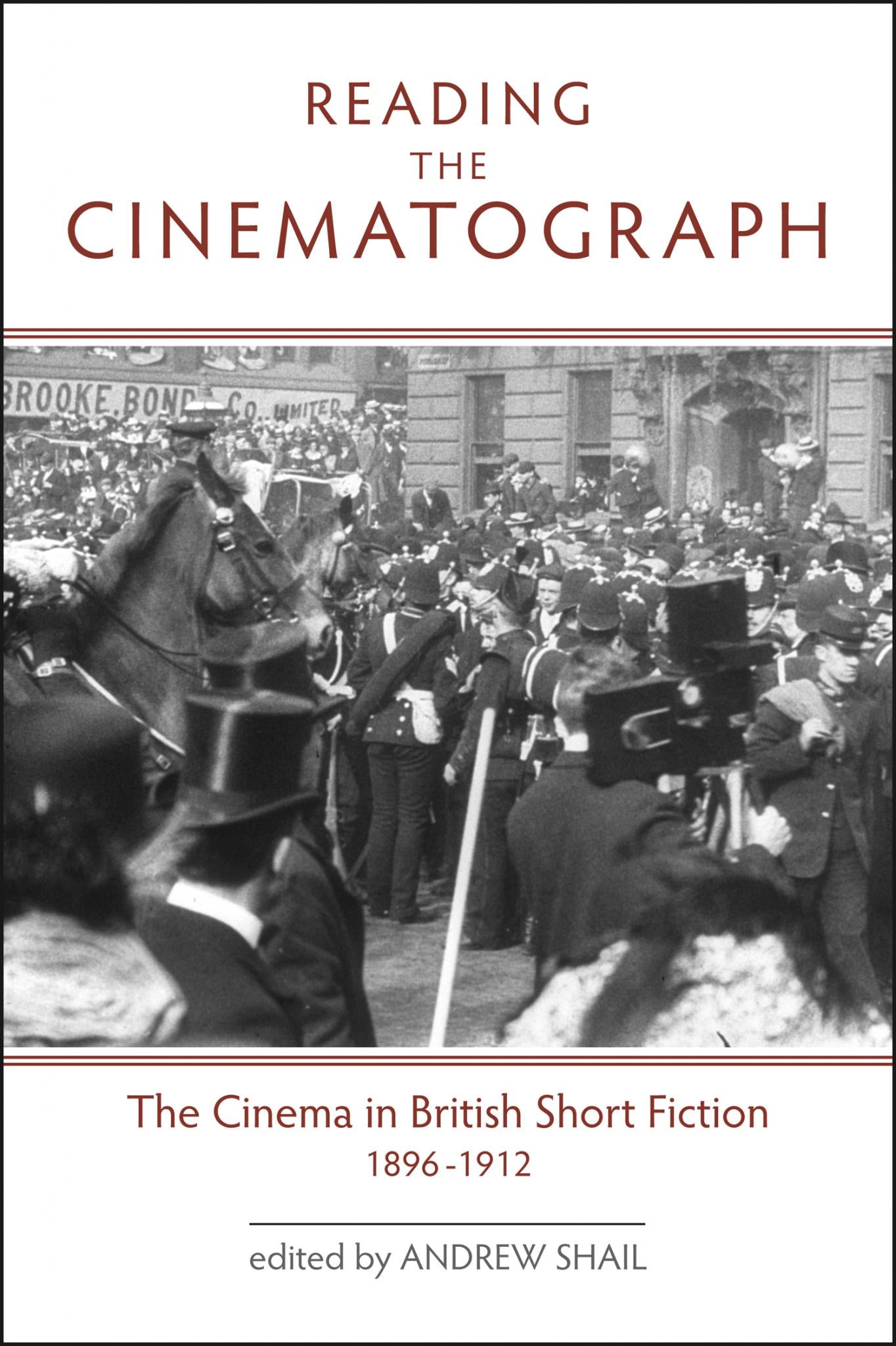
- 336 Pages
The birth of cinema coincided with the heyday of the short story. This book studies the relationship between popular magazine short stories and the very early British films. It pairs eight intriguing short stories on cinema with eight new essays unveiling the rich documentary value of the original fiction and using the stories as touchstones for a discussion of the popular culture of the period during which cinema first developed. The short stories are by authors ranging from the notable (Rudyard Kipling and Sax Rohmer) to the unknown (Raymond Rayne and Mrs. H.J. Bickle); their endearing tributes to the new cinematograph chart its development from unintentional witness to entertainment institution.
As entertaining as it is edifying, Reading the Cinematograph showcases the transformative presence - and role - of cinema in British short fiction at the turn of the twentieth century. Andrew Shail has devised a marvelous format for the occasion; eight stories, reprinted in full and accompanied by their original illustration, followed by valuable critical commentary by eminent film scholars, and framed by Shail's indispensable historical/ critical introduction and sure editorial hand. A work of impeccable and imaginative scholarship...
Maria DiBattista, Professor of English and Chair of the Film Studies Committee, Princeton University, and author of Fast Talking Dames (Yale UP)
… the volume sustains an unbroken fascination with the wider implications of emergent cinematic technologies and modes of representation. It accurately reflects the widely felt cultural significances that were attributed to moving pictures and therefore will be valuable reading for cultural historians of the period as well as historians of cinema.
Victorian Studies
Reading the Cinematograph: Introduction, Andrew Shail
Story 1: Our Detective Story (24 January 1897) by Dagonet [George R. Sims]
Chapter 1: George R. Sims and the Film as Evidence, Stephen Bottomore
Story 2: The Awful Story of Heley Croft (20 May 1899) by A.S. Appelbee
Chapter 2: Cinema Re-Mystified: A.S. Appelbee's Technological Ghost Story, David Trotter and Chris O'Rourke
Story 3: Colonel Rankin's Advertisement (December 1901) by Raymond Rayne
Chapter 3: The Great American Kinetograph: News, Fakery and the Boer War, Andrew Shail
Story 4: Mrs Bathurst (September 1904) by Rudyard Kipling
Chapter 4: "The Very Thing": Rudyard Kipling's 'Mrs Bathurst', Tom Gunning
Story 5: The Green Spider (October 1904) by A[rthur Henry] Sarsfield Ward, a.k.a. Sax Rohmer
Chapter 5: 'Only from the Senses': Detection, Early Cinema and a Giant Green Spider, Stacy Gillis
Story 6: Romantic Lucy (Summer 1911) by Alphonse Courlander
Chapter 6: "She Had So Many Appearances": Alphonse Courlander and the Birth of the 'Moving Picture Girl, Jon Burrows
Story 7: Love and the Bioscope: A Heart-Thrilling Story of a Deserted Bride (8 June 1912) by Mrs H.J. Bickle
Chapter 7: Melodrama, Sensation and the Discourse of Modernity in 'Love and the Bioscope', Lise Shapiro Sanders
Story 8; The Sense of Touch (December 1912) by Ole Luk-Oie [Ernest Dunlop Swinton]
Chapter 8: A visit to the cinema in 1912: 'The Sense of Touch', Andrew Higson









